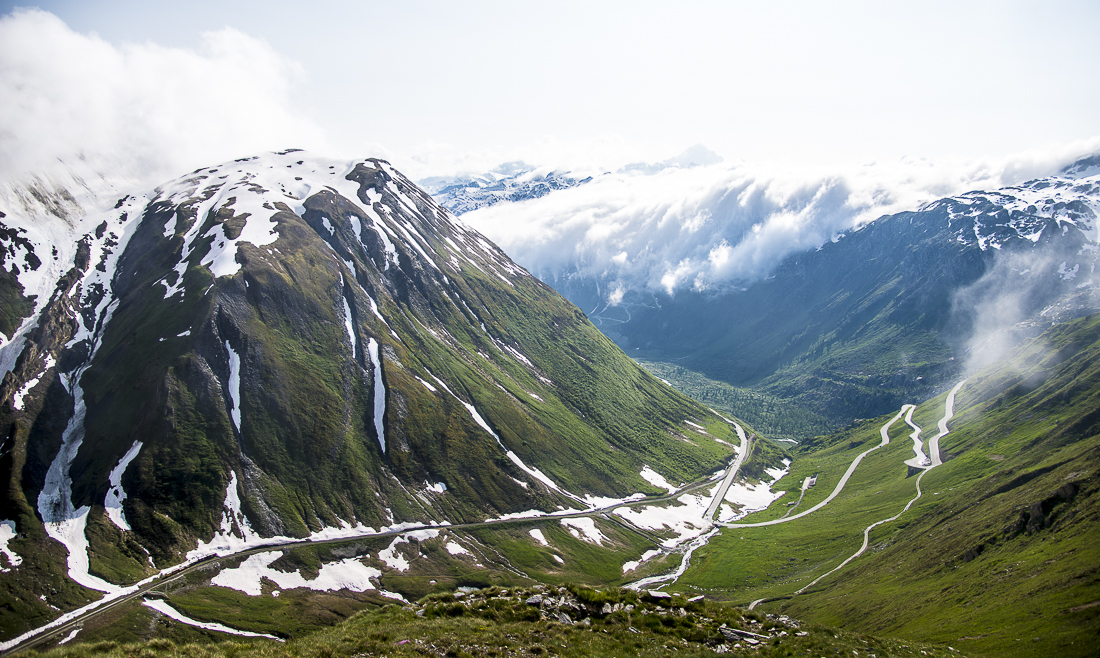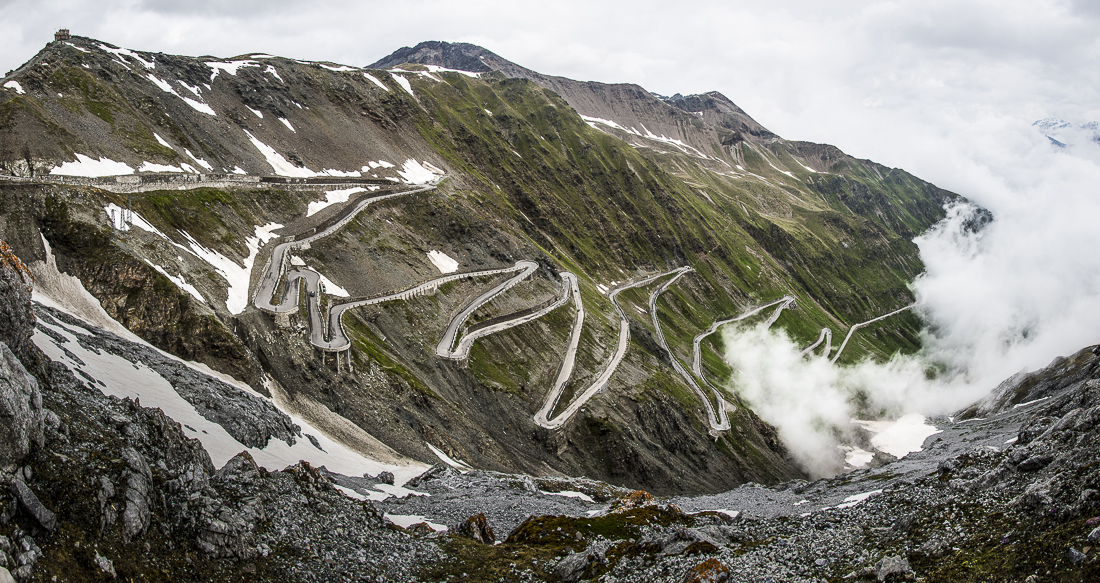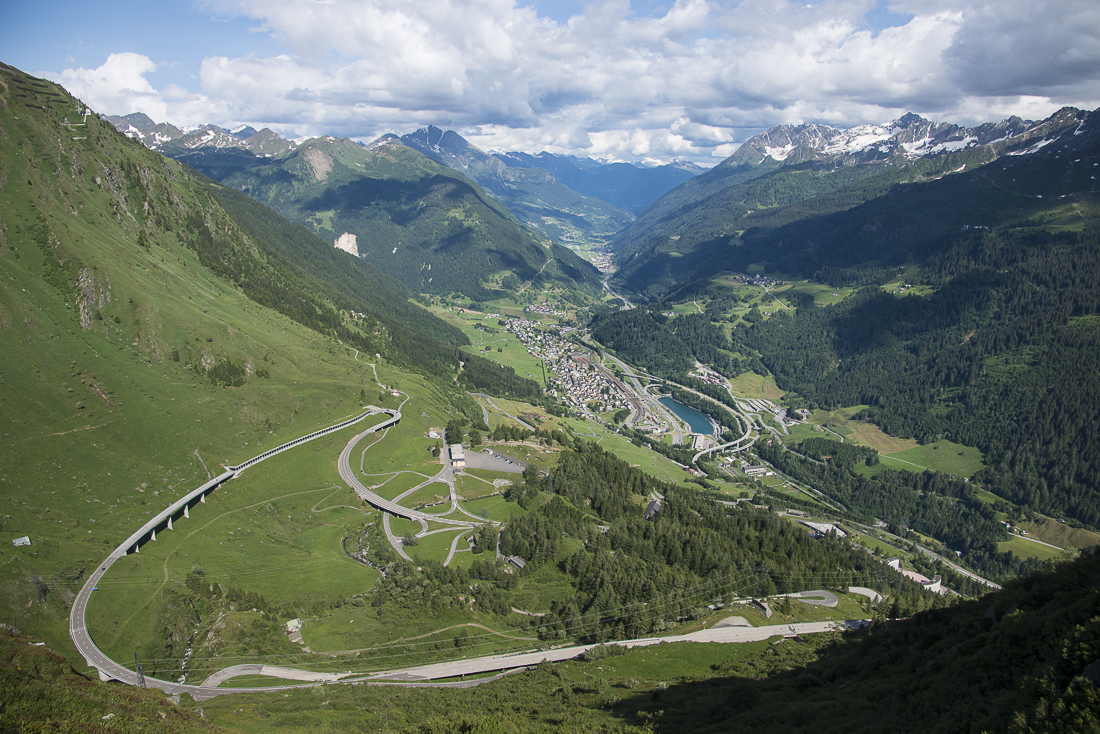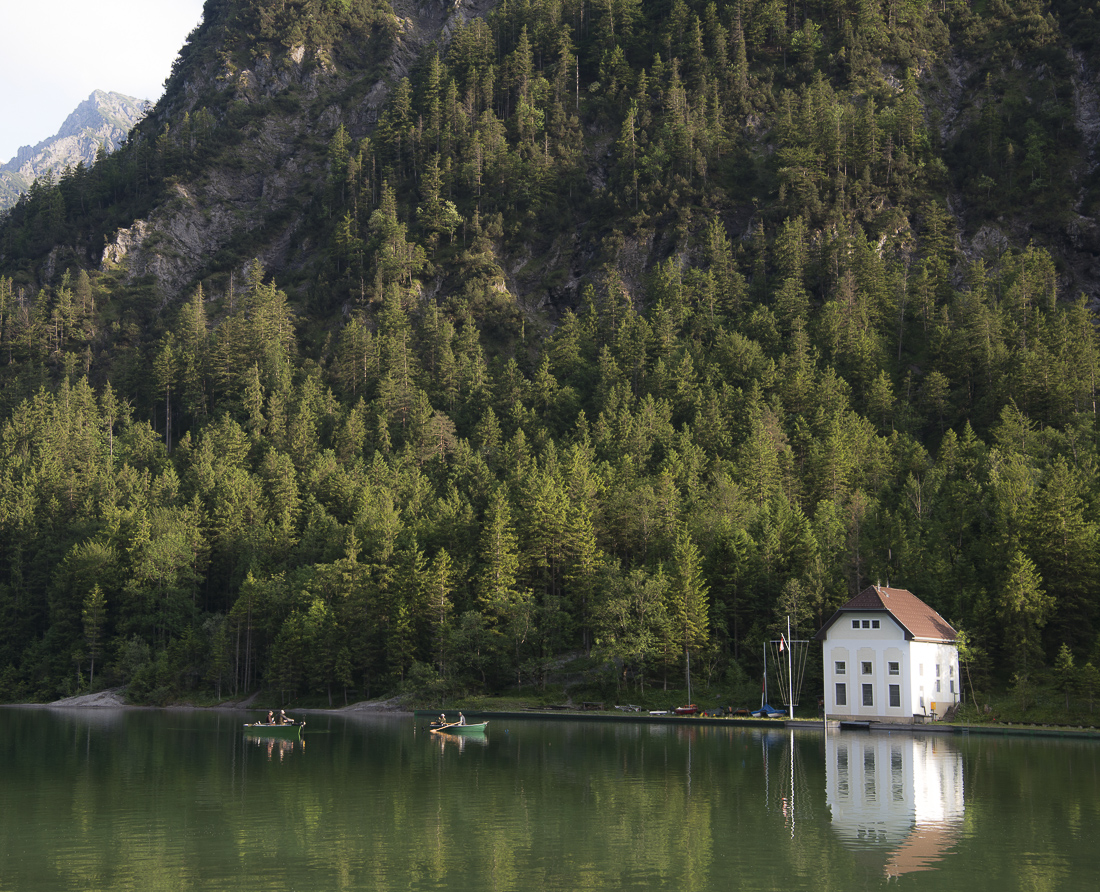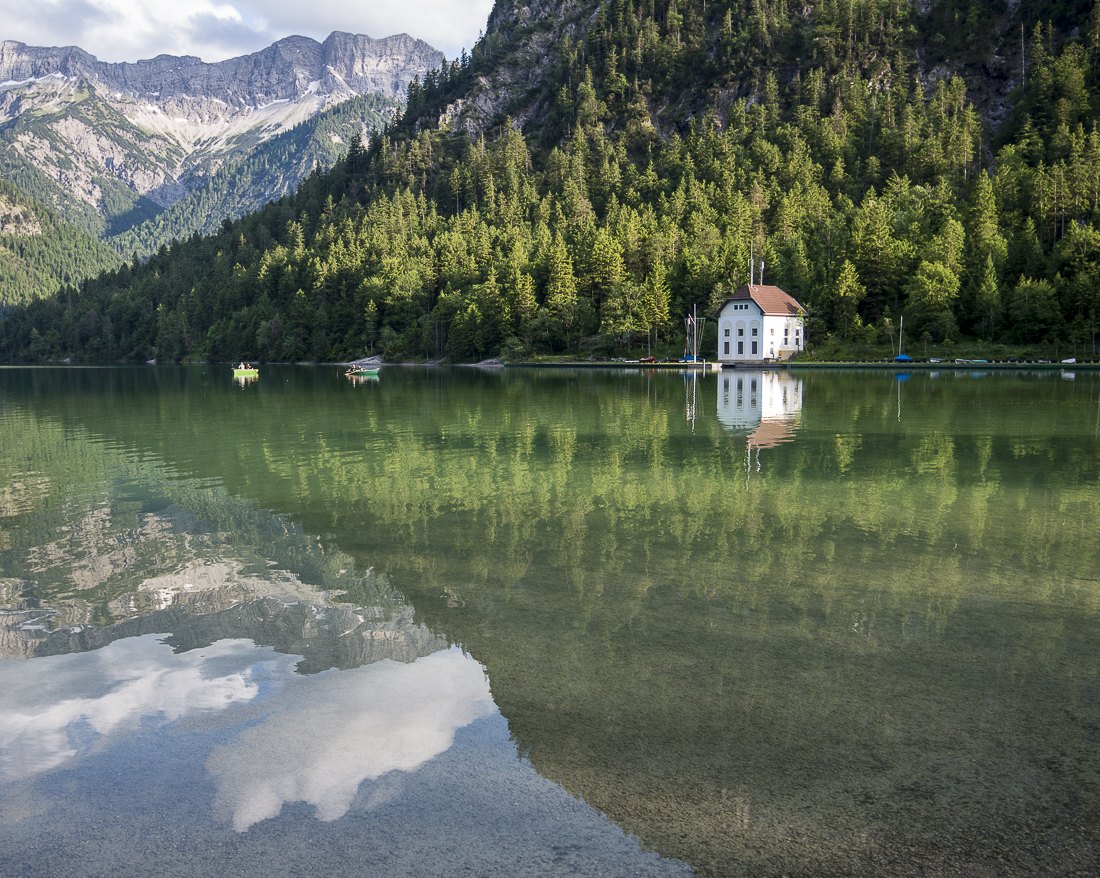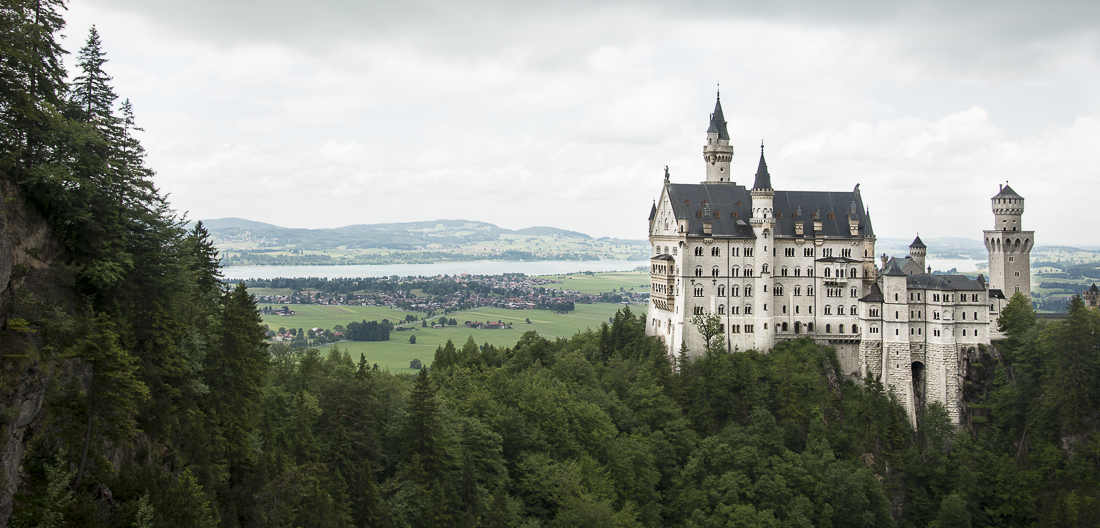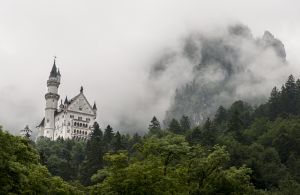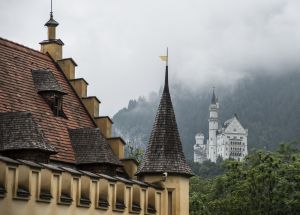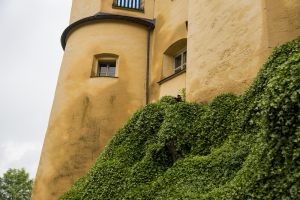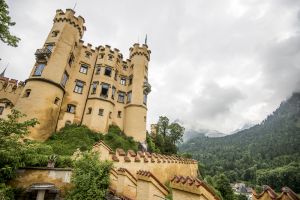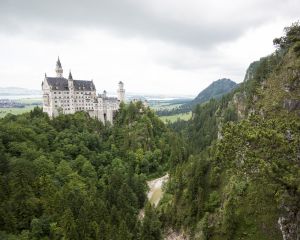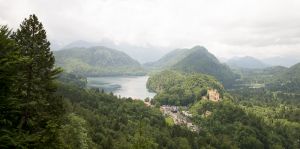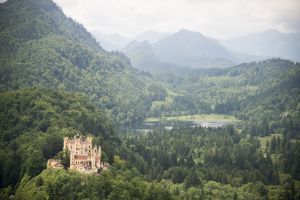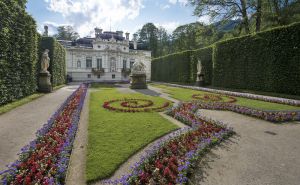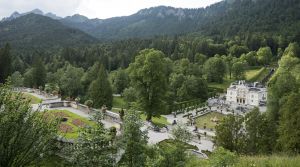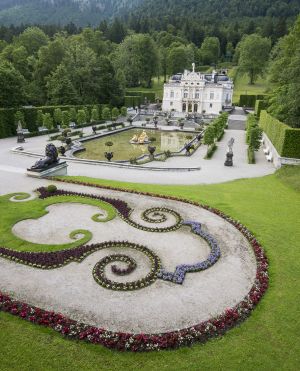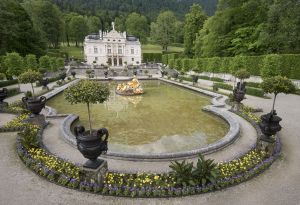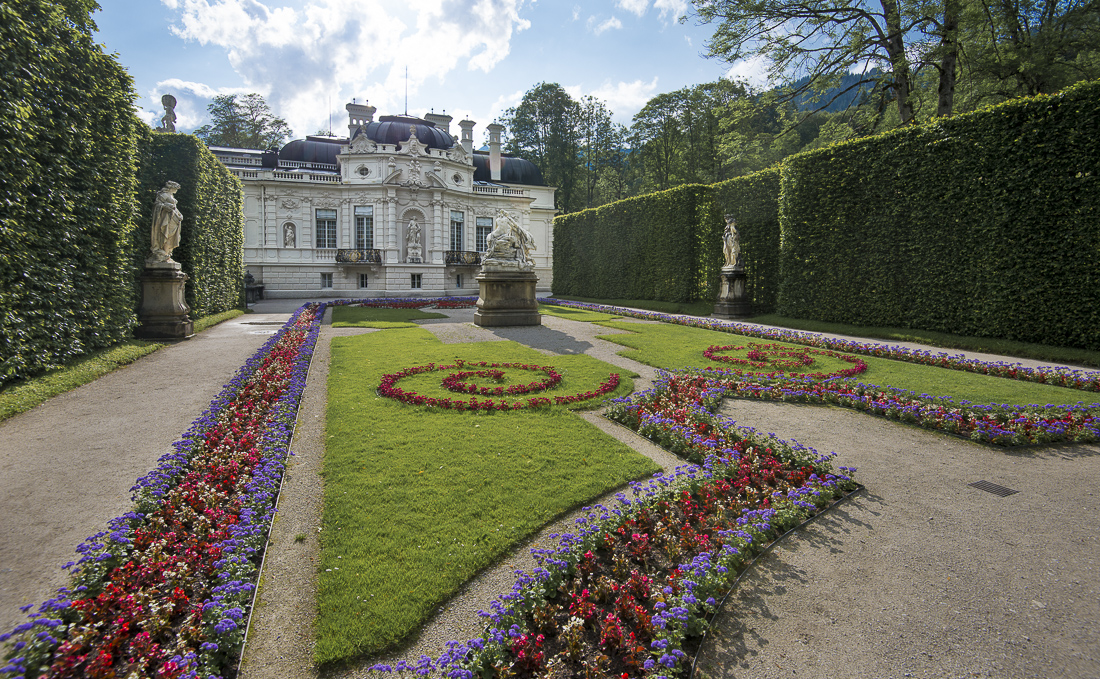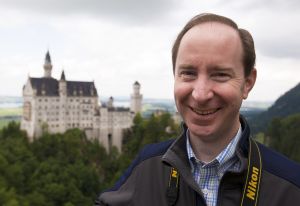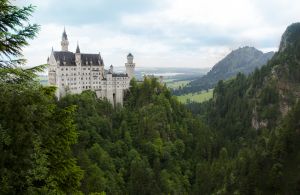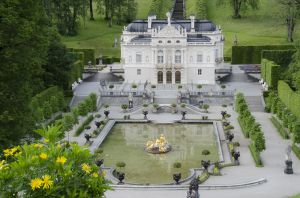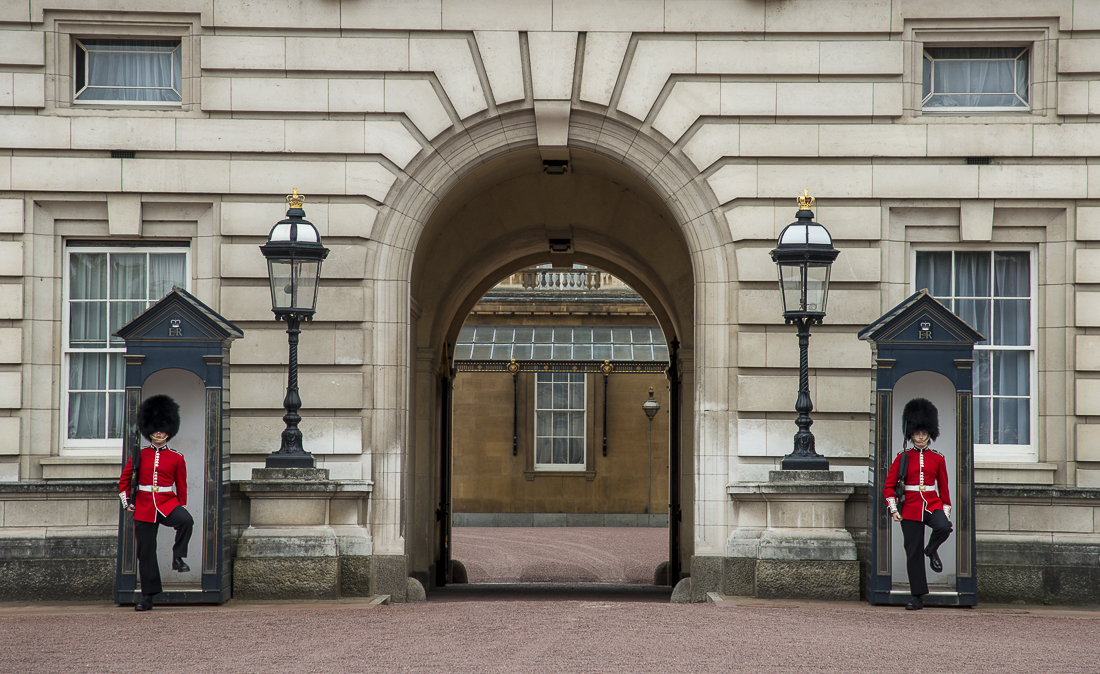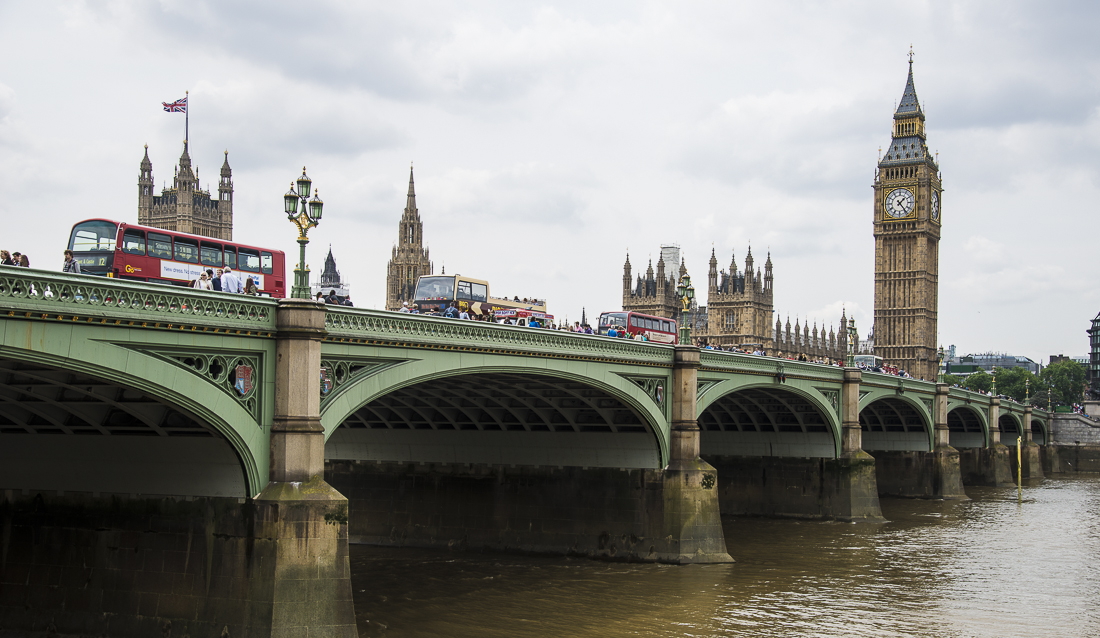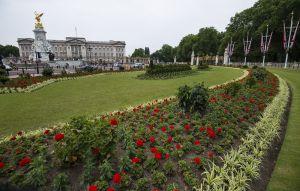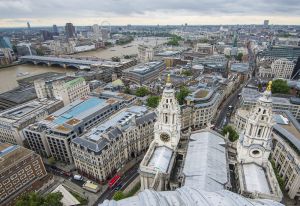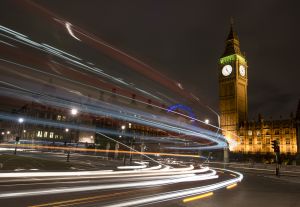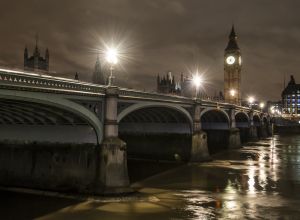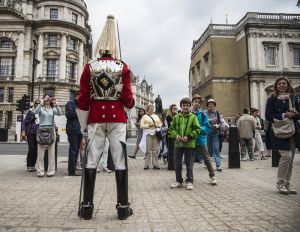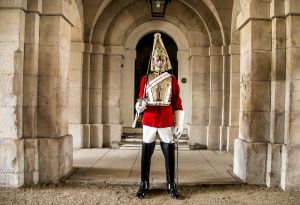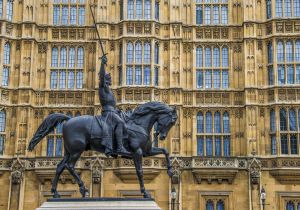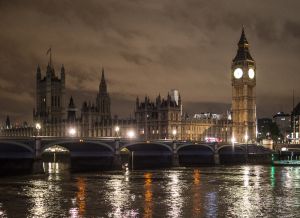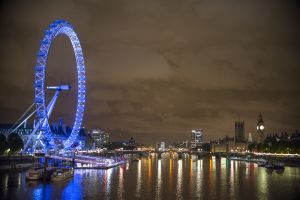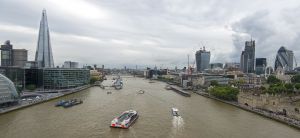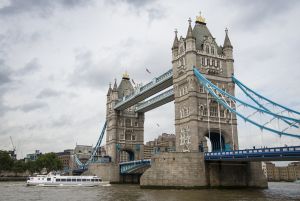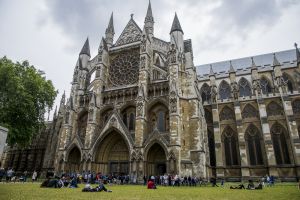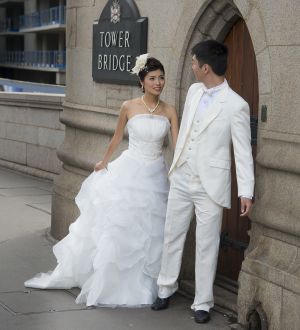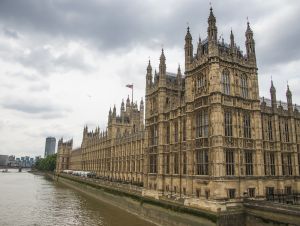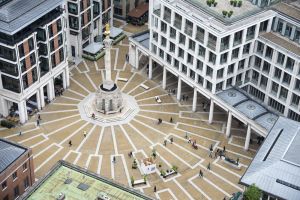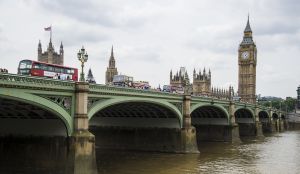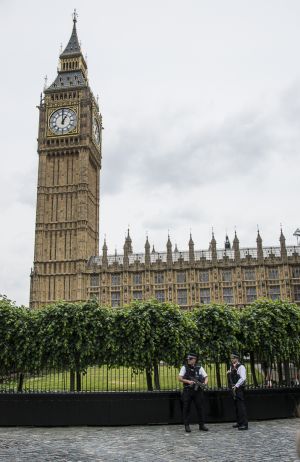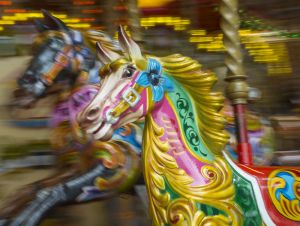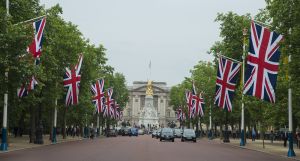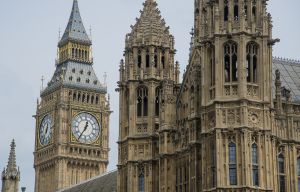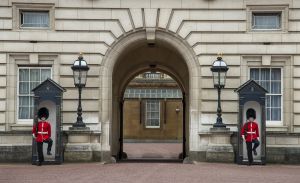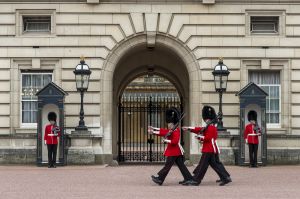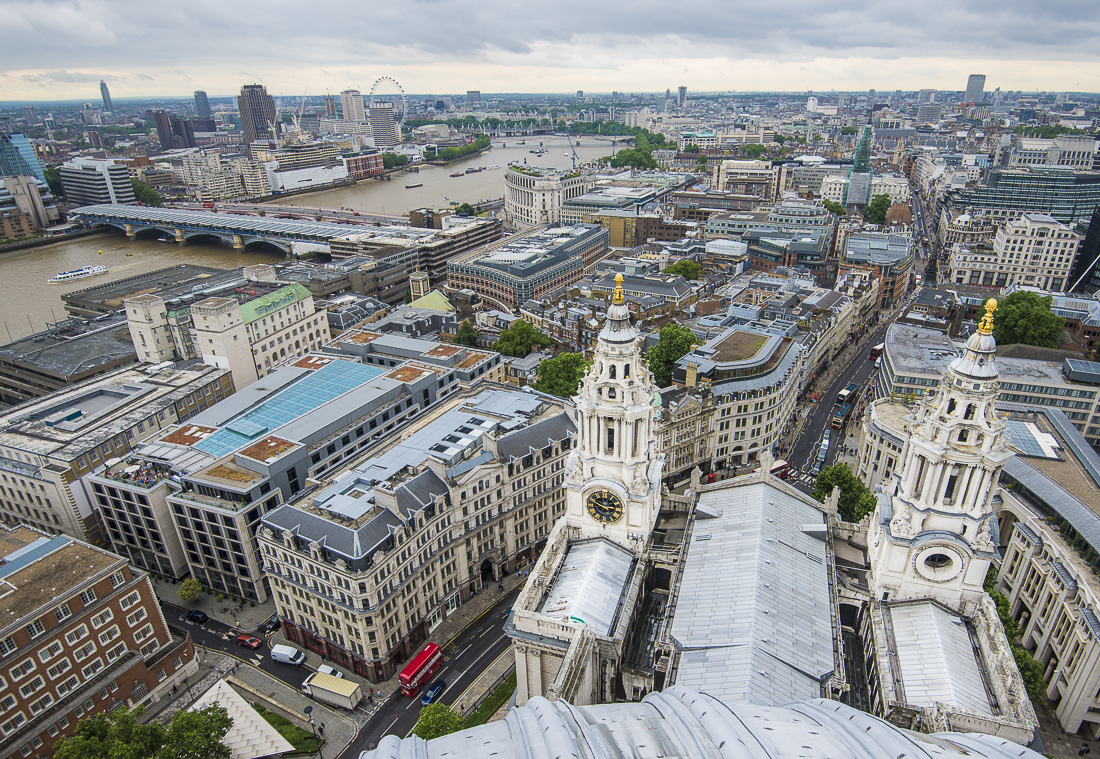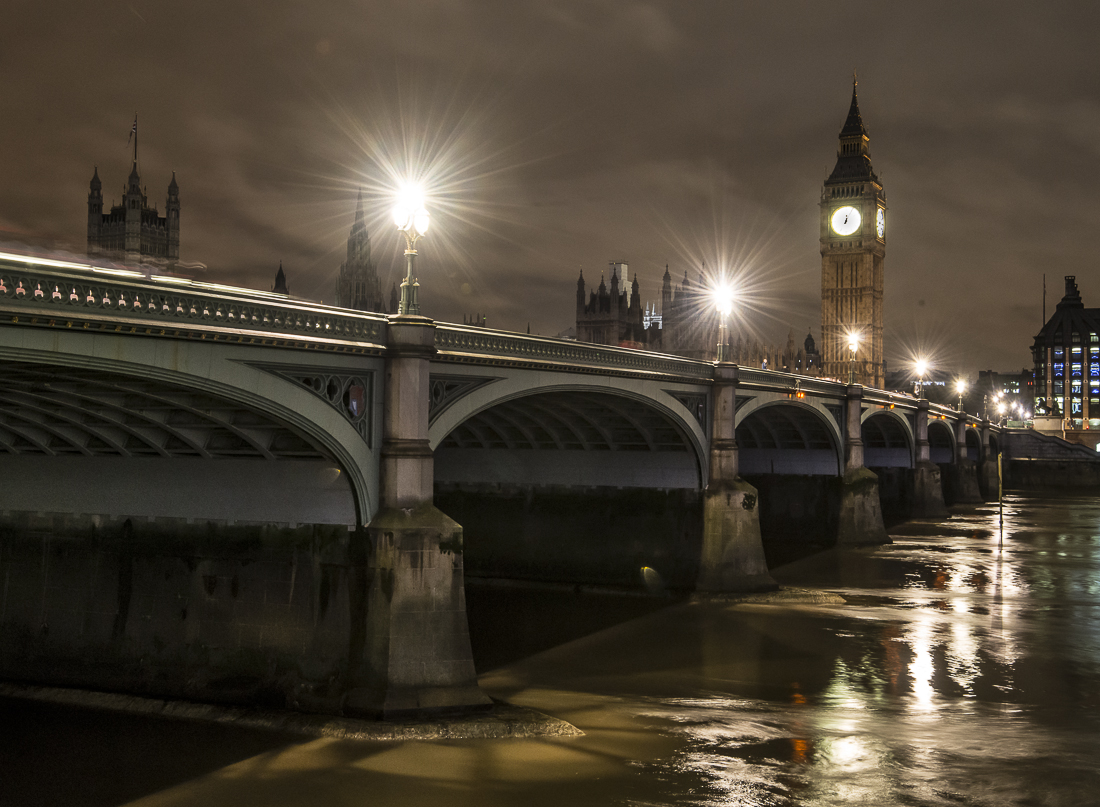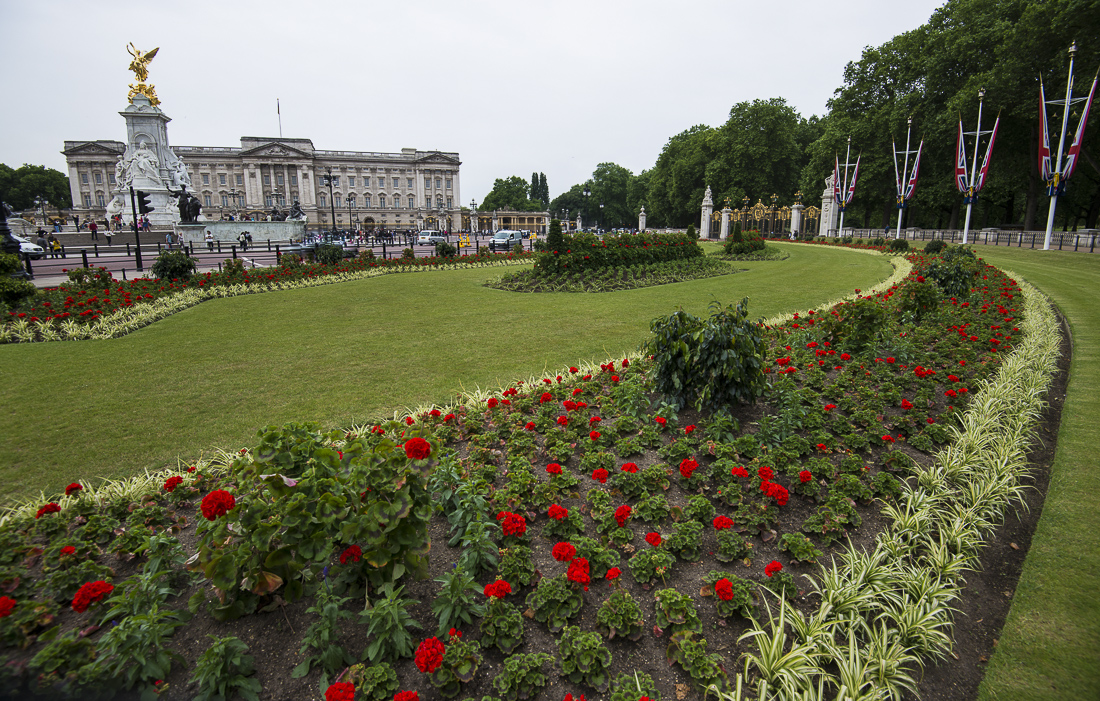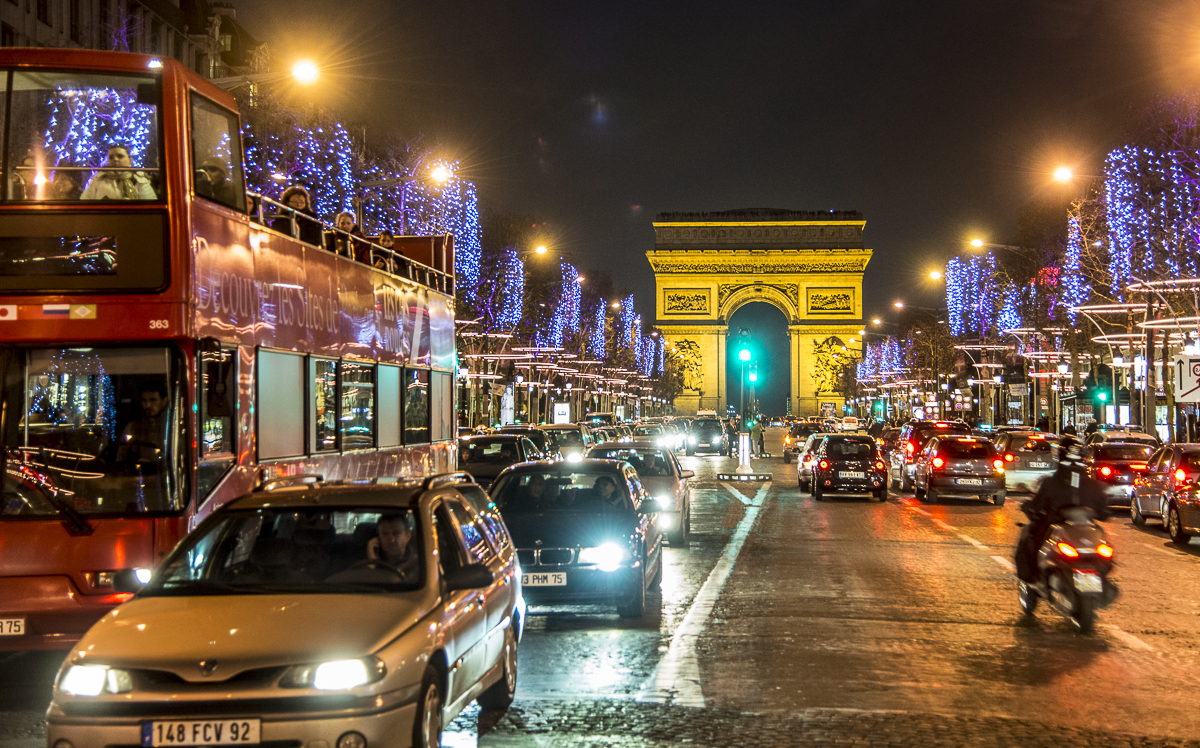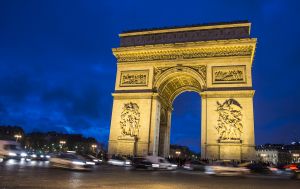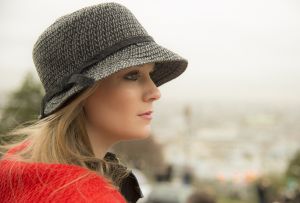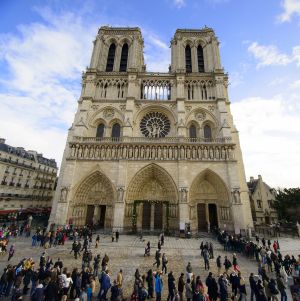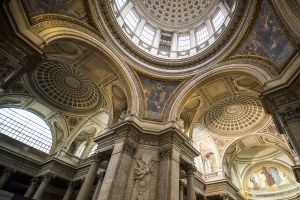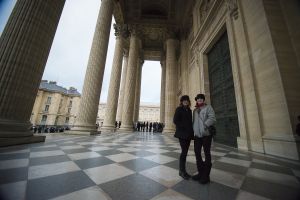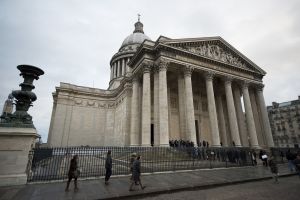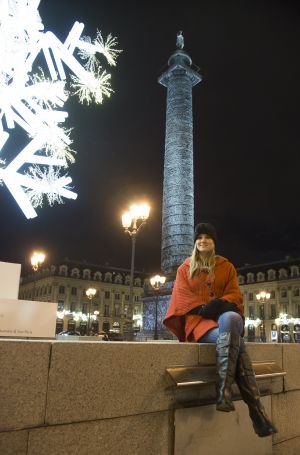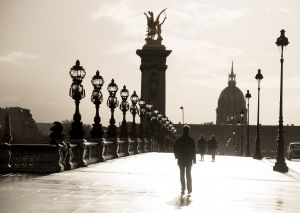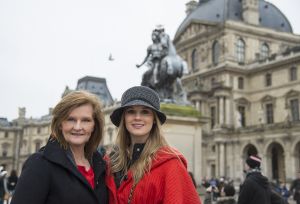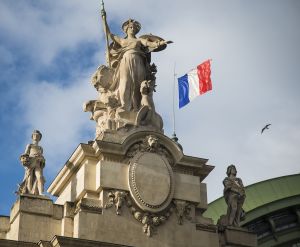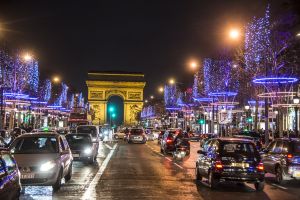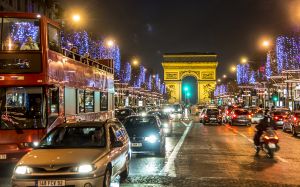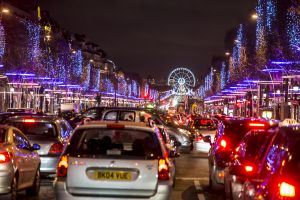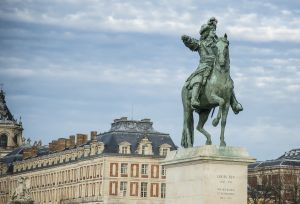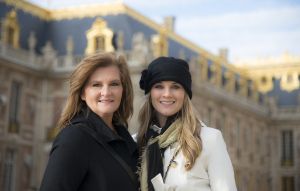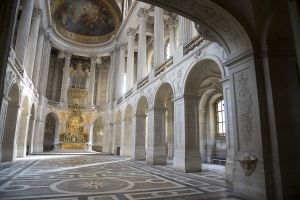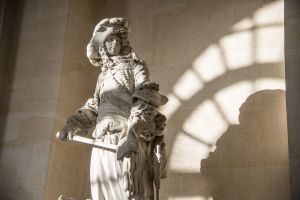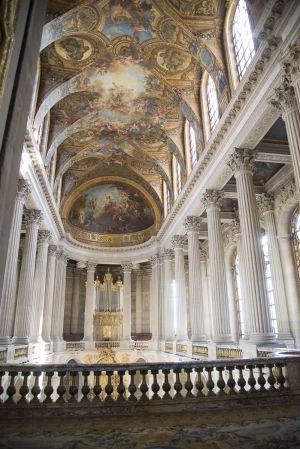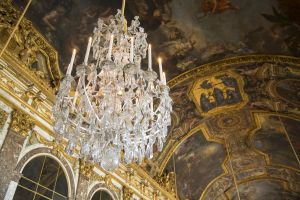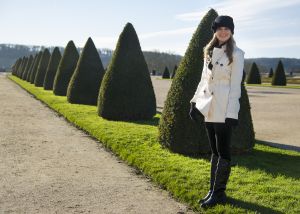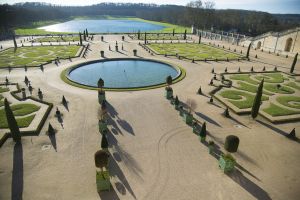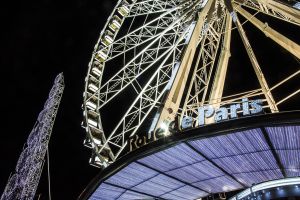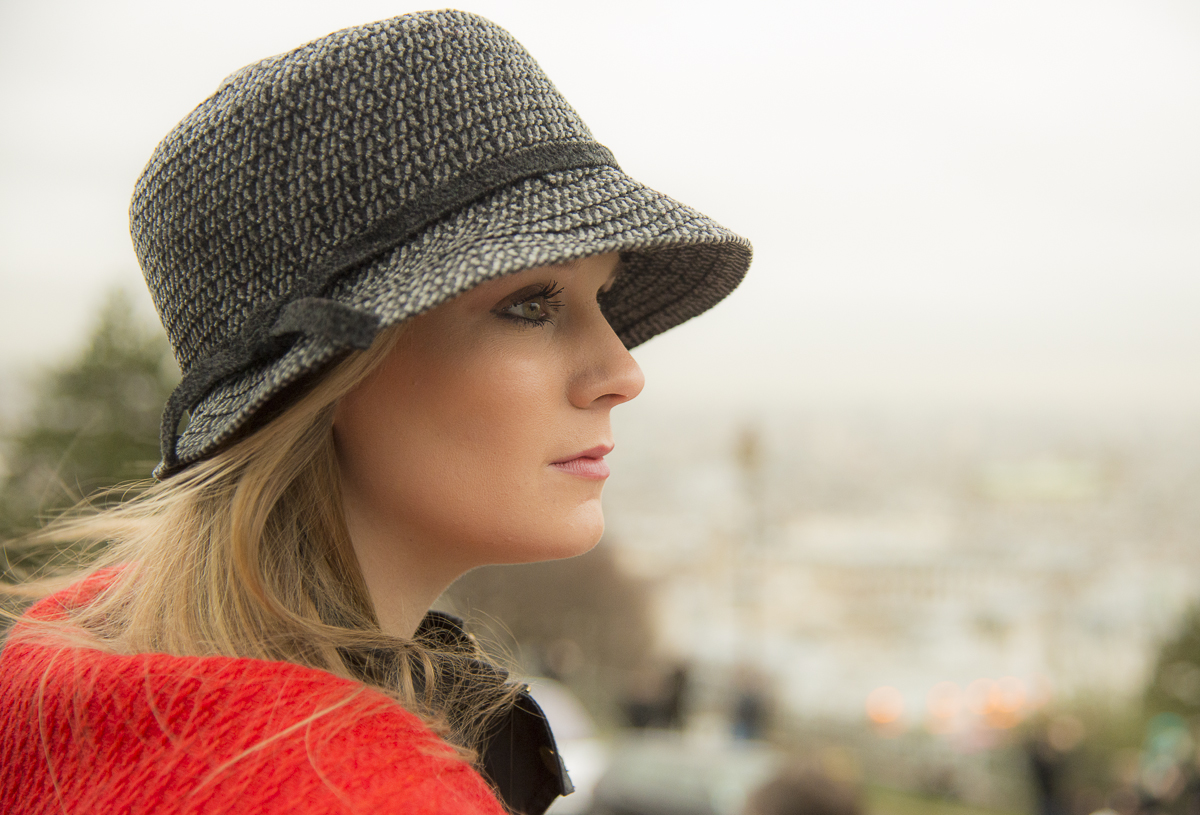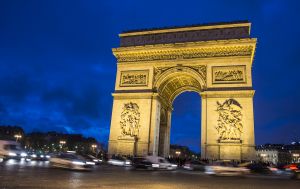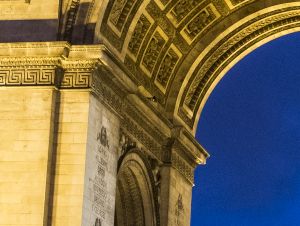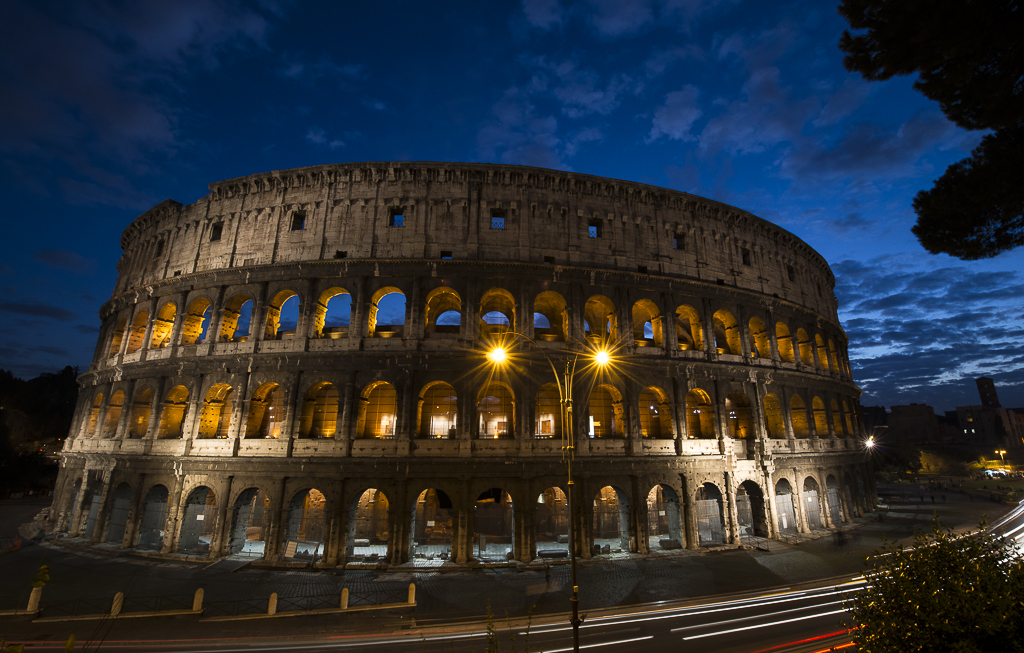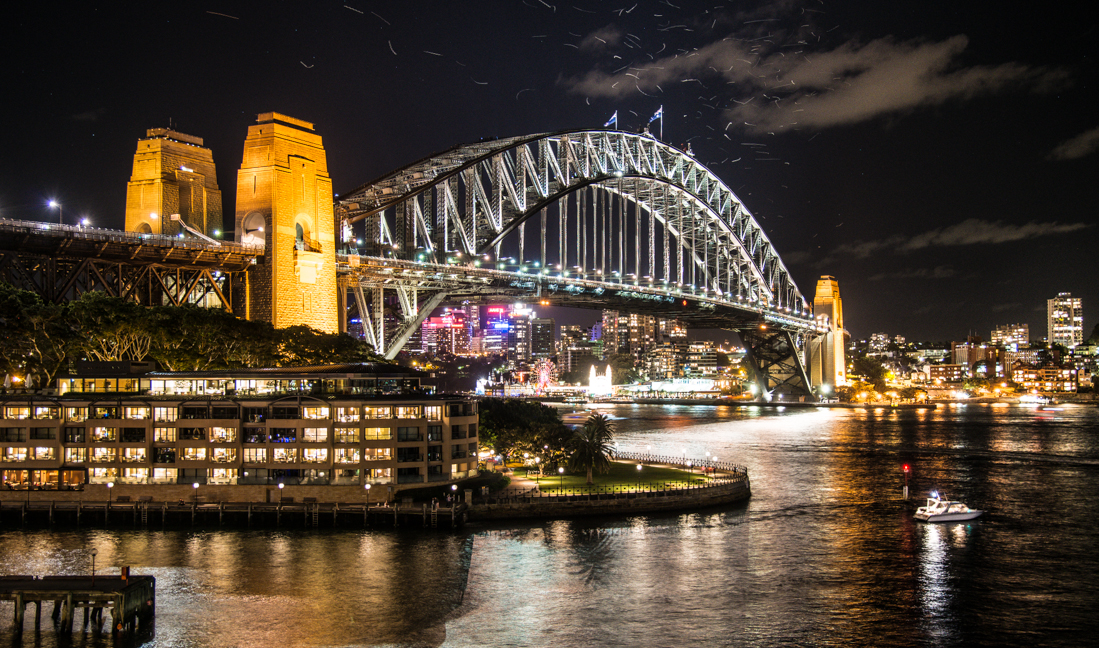In the Alps, there are lots of very-long tunnels and lots of very-high mountain passes. Sometimes you get to choose between the two. Tunnels usually make lousy pictures. And sometimes you learn a thing or two by taking the high road.
The winding road you see in the picture just above is Stelvio Pass — where you leave the Tirol (i.e., Italy’s piece of the Tirolian Alps) and enter Lombardy (the Italian Lakes Region). The picture shows — above those clouds — only the last dozen or so of the 48 switchbacks it takes to get to the top. You become incredulous that it can just keep going on and on. Making things a little more interesting, I wound up following a Rolls Royce convertible — circa 1930 — most of the way up the pass. Its drivers were wearing hooded fur coats and having even more fun than I was, though my Volvo handled the climb better than their 80-year-old Rolls.
In Tirol, they speak German; in Lombardy, they speak Italian like the rest of Italy. The underlying history is that the pass (or, rather, the nearly impassable mountain) was the 19th century border between the Tirol region of Austria-Hungarian Empire (to the east) and the Kingdom of Italy (to the west). It’s easier to defend a border if nobody can realistically cross it anyway. The now-Italian Tirol region was promised (and given) to Italy in exchange for their agreement to fight against the Germans and Austria-Hungarians in World War I, and Stelvio pass was the site of some nasty hillside battles. The pass persists as a literal ‘language barrier,’ helping to keep the German-speakers to the east separated from the Italian-speakers to the west.
To help assimilate the former Austrians into the Italian way of life, the government gave new parallel Italian-sounding names to all the towns. Apparently this largely consisted of changing the Ks to Cs, then adding a vowel to the end of every word. Who knew it really was that easy to translate into Italian?! Kastelruth is now Castelrotto. Bruneck is now Brunico (Be sure sure to roll the R).
* * *
A few miles further up the road, after you head north into Switzerland, the Autostrada goes through the ten-mile-long St. Gotthard road tunnel. It’s cool to know you’re five miles inside a tunnel with a mile or so of granite on top of you, but inside it really just looks like a tunnel. So this time I opted for the road (less traveled) over the top instead: a series of three mountain passes took me north and west toward Interlaken.
The first seemed impressive enough, with a nice view back down the valley to the town of Airolo (the picture just above). The view from the second pass (pictures at the top and bottom of this post) was a little more surreal, with those clouds pouring down into the valley like a waterfall and disappearing as their altitude dropped. There are no pictures from the third pass — which was essentially inside that waterfall of clouds — I drove those switchbacks with about 50 feet of visibility. Certainly more exciting than the tunnel.
Operating post-camera-theft, I was (temporarily) working with just one camera and one lens, which was not my favorite ultra-wide angle. The Stelvio Pass picture with all the switchbacks is a computer ‘stitched’ panarama, made from about five original photos.
